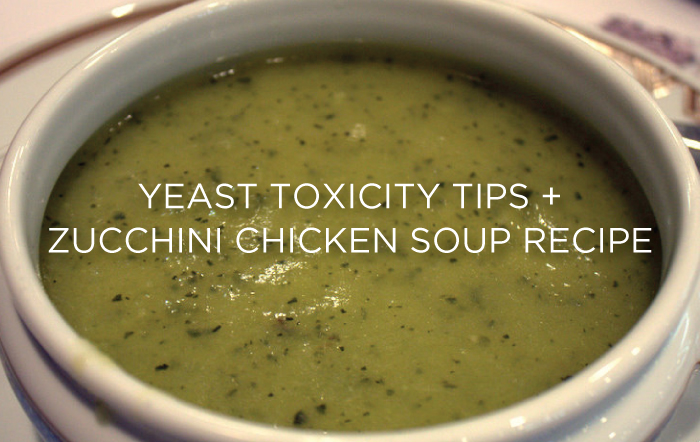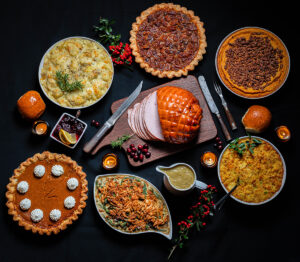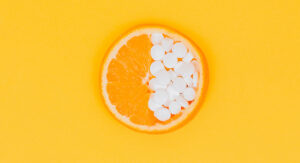Yeast Toxicity Tips: There was a time in my life when I really struggled with gut dysbiosis (microbial imbalance). Back then I thought I was doing myself justice by eating a strictly plant-based diet. You’d think with all those fresh raw plant foods everyone touts as “super” I’d have been in tip top shape. Instead, my hair got so thin my ponytail was the size of a dime, my nails became extremely brittle, and I developed a nasty rash around my mouth. Add in the fact that I couldn’t seem to digest anything anymore, and that my anxiety and depression were the worst they had ever been, and I’m sure you’d agree that I was a big hot mess.
Yeast Toxicity Tips
Many of my clients suffer from yeast toxicity and are constantly cleansing with some relief of symptoms, but unfortunately, until the entire engine gets an overhaul (the root cause is uncovered) those nasty little pathogens continue to invade and wreak havoc.
When dysbiosis is present, the body is not generating its master antioxidants glutathione and metallothionein, which protect the body from pathogenic attacks, heavy metal toxicity, and immune system dysfunction to name a few.
Whenever a client presents with yeast toxicity, I always look at the role epigenetic disorders play in their symptoms, triggers, and experiences (both emotional and physical). One simply cannot go on an anti-candida diet and expect to have complete relief and remission without first looking at methylation imbalances, copper overload and other heavy metals, as well as zinc and other nutrient deficiencies.
In other words, any healing protocol must take into account an individual’s unique biochemistry.
I’m always amazed to come across anti-candida lists that include things like legumes and nuts, foods that are both high in copper and also attract toxic mold species. Because they are also high in fat, nuts and seeds have the added trigger of rancidity. To combat this, they require cold storage and proper preparation to become more digestible. In fact, most plant foods require some sort of preparation to make them digestible and non-toxic to humans and other mammals.
The cow prepares its food with a special four stomach anatomy digestive process, and we prepare our food through boiling, baking, soaking, and sprouting.
I know many of you will have a hard time with this statement, but the truth is that the safest foods come from the animal kingdom, especially in the prevention and elimination of yeast toxicity.
Here’s a list of the most common triggers:
- Foods containing any kind of sugar – cane, high fructose corn syrup, agave, brown sugar, maple syrup, honey, brown rice syrup, fruits, fresh and dried
- Foods that contain mold or fungus or encourage it to grow – mushrooms, peanuts, cashews, melons, cheeses
- Foods that are fermented or might encourage fermentation – alcohol, vinegars, condiments, soy sauce, kimchi, sauerkraut, etc.
- Foods that contain gluten and processed dairy products
- Anything artificial, processed, containing chemicals or additives, imitation or artificial seasonings, and flavorings and colorings
As I mentioned, the entire person needs to be taken into consideration when embarking on a healing protocol. Many of my clients are also triggered by foods high in naturally occurring chemicals such as salicylate, oxalate, glutamate, and/or sulfur, so I always look at foods that contain them in abundance.
Keep in mind that anyone can react to anything at anytime depending on a multitude of factors: emotional stress (abuse – self inflicted or from another person), physical stress (such as too much exercise or working too many hours), environmental stress (such as tap or well water, polluted air, fragrances and industrial cleaners).
When embarking on a healing journey, I find simple is best. This does not mean without taste. In fact, I have found the simplest of dishes to be the most flavorful and beneficial at the same time.
Here’s that yummy recipe I promised:
Super Simple Zucchini Chicken Soup
2 large zucchini, scrubbed and chopped
2 shallots or 1/2 sweet onion
4 cups free range, organic, chicken stock (homemade or stock options brand)
1 teaspoon unrefined salt
2 sprigs fresh thyme, finely chopped
1/4 cup organic coconut milk (substitute with homemade rice milk if intolerant, or omit all together)
4 organic chicken breasts, cubed
Ghee for cooking
Melt 2 tablespoons ghee in a large pot and sauté zucchini and shallot or onion until soft, about 12 minutes. Pour in broth and bring to a boil, then cover, add thyme, and simmer for 30 minutes. Using a hand-held immersion blender, purée the soup until silky smooth. Stir in the coconut or rice milk and bring to a simmer. Add salt. Taste and adjust seasoning (you may require a bit more salt). Lastly, add cubed chicken breasts, stir and enjoy!
Do you struggle with yeast toxicity? If so, I’d love to know about your experience in the comments below. It is through sharing your story that we create community, eliminate guilt and shame, and bring about healing.
Samantha Gilbert
Samantha Gilbert is a Nutritional Therapist and Certified Holistic Nutrition Practitioner who works with Mensah Medical patients on dietary plans that compliment patient biochemistry results. Samantha’s new clients receive a 1 hour comprehensive assessment from her. She provides them with an online assessment to complete prior to their initial phone consultation with her where patient health history, emotional traits and triggers, and environmental influences are discussed with her. Mensah Medical patients who become clients of Samantha Gilbert get a customized dietary protocol based on their biotype and nutrient protocol from Drs. Mensah and Bowman. She will also provide her clients with recipes and supportive action guides.




